The phonetic input method for entering Chinese characters
into computers is based on what is called Pinyin,
the romanization system for standard Mandarin. Pinyin was
approved in 1958 by the government of the People's Republic of China
and officially adopted by it in 1979. Since then, the International
Organization for Standardization adopted Pinyin as the
romanization system for standard Mandarin.
The pronunciation of Chinese characters is also marked with Pinyin.
*** Outline ***
1. Pinyin Chinese overview
❤ en.Wikipedia: Standard Chinese
❤ en.Wikipedia: Pinyin
❤ Pinyin.info: Pinyin
❤ en.Wikipedia: Pinyin input method
❤ Sinosplice: Pronunciation: Chinese and Japanese
❤ Richard Sears: Chinese etymology
❤ Taiwan romanization (pinyin) and culture
2. Pinyin syllable table
❤ Yoyo Chinese: Interactive Pinyin chart
❤ Yabla: Mandarin Chinese Pinyin chart with audio
❤ University of Vermont: Table of Chinese phonetics
❤ ChinesePod: Pinyin chart with Pinyin pronunciation
❤ Yongqiang Cheng:
汉语拼音字母表
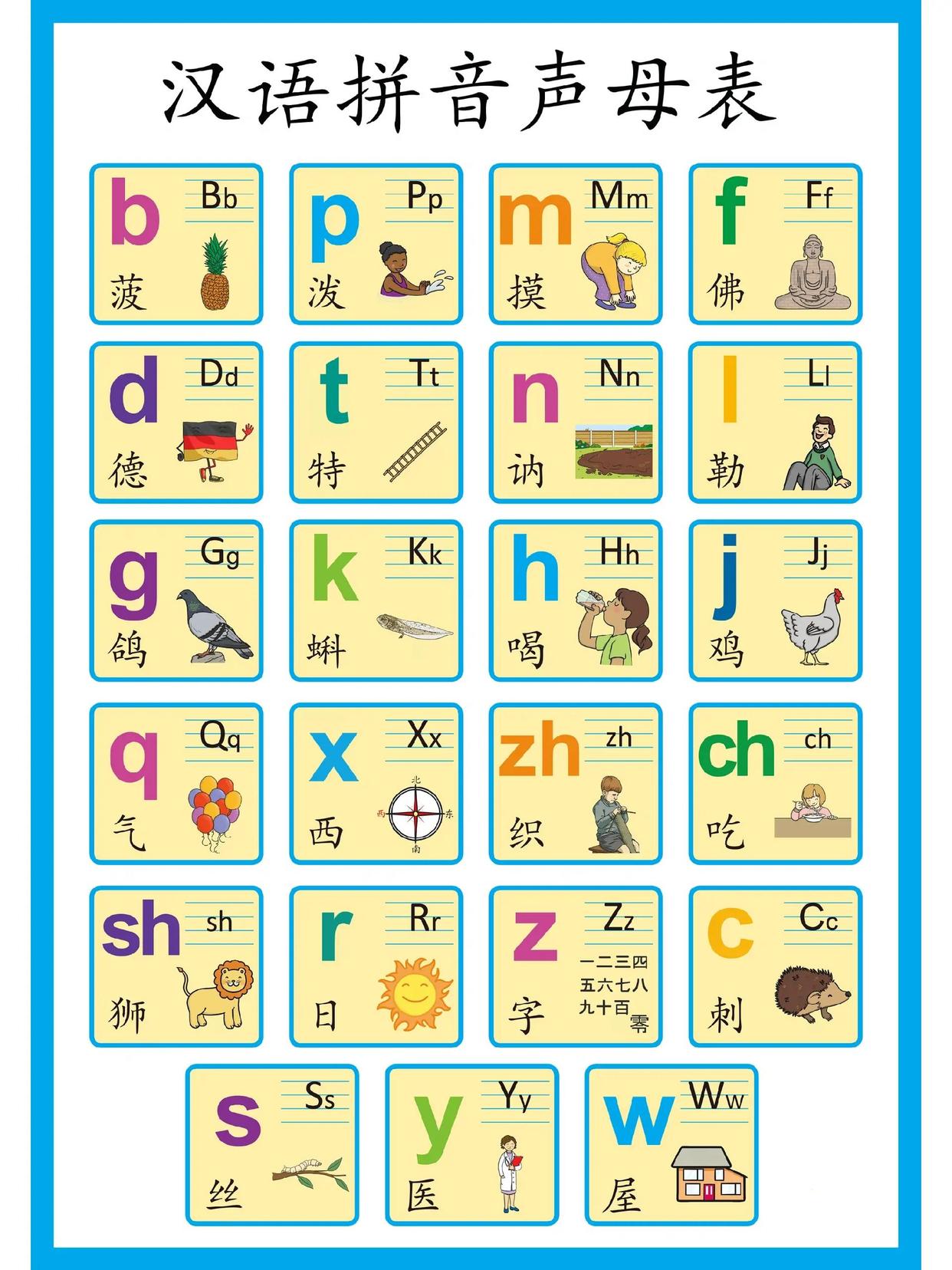
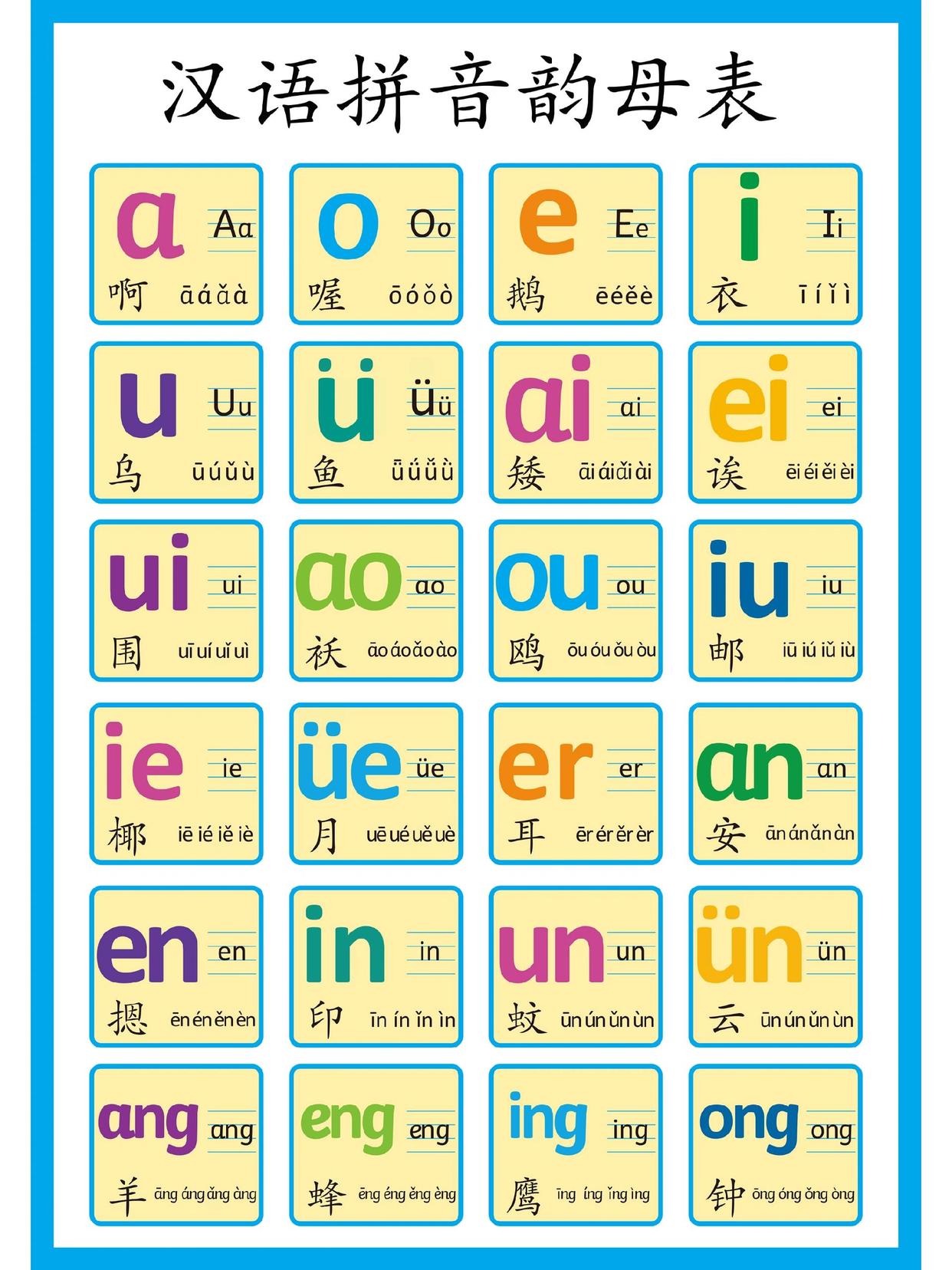
3. Online Pinyin Chinese input tool
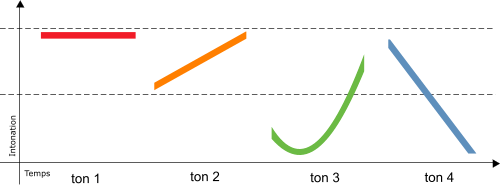
❤ Pinyin input method for traditional Chinese character 網上拼音輸入法
❤ InputKing: online Chinese input system
❤ Chine-nouvelle: Entrer un texte en Pinyin
❤ Chinese-tools: Pinyin Chinese input method editor
❤ Lexilogos: Clavier chinois, caractères classés par Pinyin
4. Pinyin Chinese IME
❤ 搜狗拼音输入法
❤ 华宇拼音输入法
❤ QQ拼音输入法
❤ 谷歌拼音输入法
❤ Pinyin Joe's Chinese computing help desk
❤ Some of these Pinyin Chinese IMEs also allow to input Chinese character following the stroke order of the character you want to type. For each Chinese character, first type u and then any combination of
h - 横 heng (horizontal)
s - 竖 shu (vertical)
p - 撇 pie (left falling)
n - 捺 na (right falling) d - 点 dian (dot)
z - 折 zhe (hook) 乙 looks like z
d and n are equivalent
For example with QQ拼音输入法, the stroke order of the Chinese character 音 is

5. Pinyin tool
❤
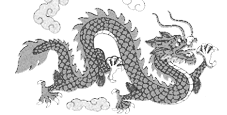 汉典: 字典拼音索引, providing voice pronunciation
汉典: 字典拼音索引, providing voice pronunciation
❤ 小马词典: Xiaoma Cidian Chinese/English dictionary
❤ Pin1yin1: Chinese-English dictionary annotated with pronunciation information
❤ Stewart Paton: A Dictionary of Chinese Characters: Accessed by Phonetics (5-Mb PDF file)
❤ Chinese (拼音 Pinyin) collation chart
❤ Country names written in Chinese characters and Pinyin
❤ Chinese stroke order dictionary
6. Pinyin e-learning
❤
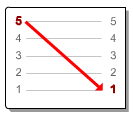 Cours sur la phonétique chinoise avec l'audio
Cours sur la phonétique chinoise avec l'audio
❤
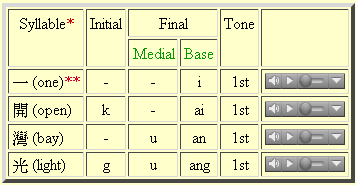 MIT: Hanyu Pinyin for Mandarin speakers
with traditional Chinese character
MIT: Hanyu Pinyin for Mandarin speakers
with traditional Chinese character
❤ Pinyin pronunciation lab with simplified Chinese character
❤ LanguageGuide.org: 普通话
❤ BBC: Real Chinese - Mini-guides - Pinyin
7. Rota Periodic Table with Pinyin pronunciation
| 核自旋 | 1/2 | 3/2 | 5/2 | 7/2 | 9/2 | 1 | 3 | 5 | 6 |

